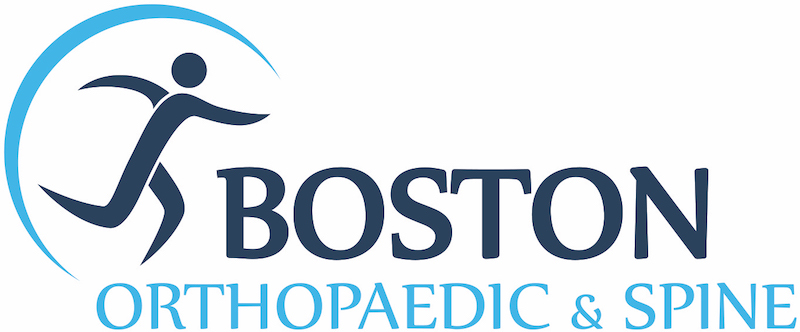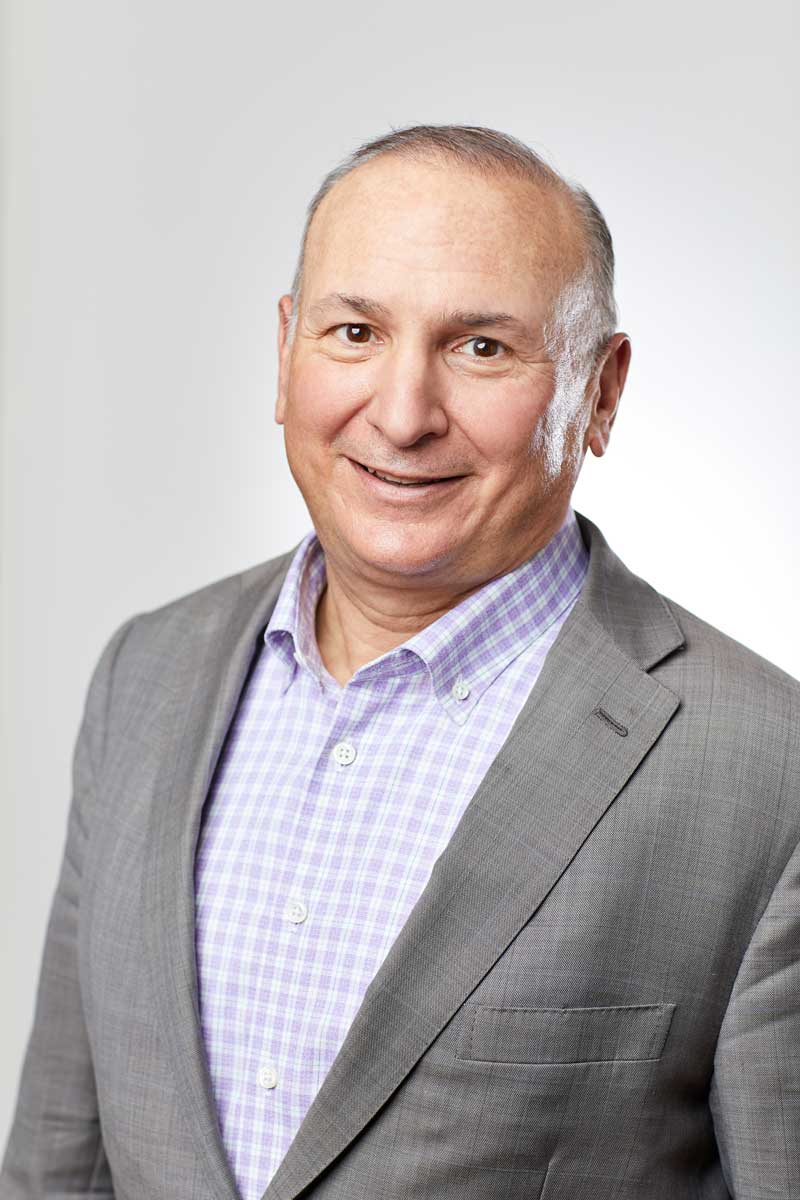Sports Medicine
Expertise in sports injuries and athletic performance
Sports Medicine at Boston Orthopaedic & Spine
Since being founded in 1984, Boston Orthopaedic & Spine has been one of the premier orthopedic practices for care of athletes and weekend warriors in the Boston area.
Our 5 fellowship-trained sports medicine physicians have decades of experience providing cutting-edge treatments and performing advanced surgical procedures. Our compassionate team of professionals uses a multi-disciplinary approach to ensure the most advanced treatment for all your sports-related injuries.
Just as every athlete focuses on his or her particular sport, our team is dedicated to sports medicine, and this ensures the best possible care and outcome.
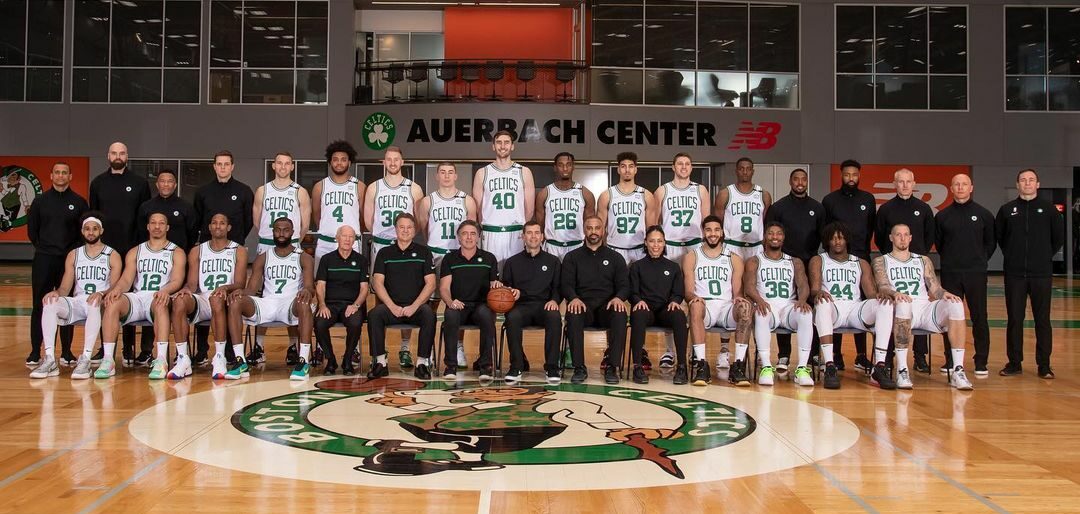
Schedule an Appointment
Call (617) 738-8642 or self-schedule.
The Leading Sports Medicine Specialists
Boston Orthopaedic & Spine’s sports medicine specialists have advanced training and expertise in all areas of orthopedics, including: hip, knee, spine, shoulder & elbow, hand & wrist, foot & ankle. As a well-respected group with real-world experience, we can treat all of your sports medicine and sports injury needs:
Upper Extremity
- Rotator Cuff tear
- Biceps/Superior Labrum injuries
- Shoulder instability
- Shoulder (AC) separation
- Shoulder arthritis
- Frozen shoulder
- Tennis elbow
- Golfer’s elbow
- Elbow instability
- Wrist sprains & strains
- Hand & finger injuries
- Fractures
Lower Extremity
- Hip labral tear
- Femoroacetabular impingement
- Hip bursitis
- ACL injuries
- PCL injuries
- MCL/LCL injuries
- Cartilage injuries
- Meniscus tears
- Patellar and Quad tendon tears
- Tendonitis
- Ankle sprains
- Fractures
Prevention & Treatment Plans
- Advanced X-ray, MRI, CT, and ultrasound
- Chiropractic treatment
- Massage therapy
- Concussion evaluation & management
- Sports psychology
- Education for coaches, trainers & students
- Injections
- Injury prevention
- Physical therapy and rehabilitation
- Pre-screening athletic physicals
- Minimally invasive techniques
- Hip, knee and shoulder arthroscopy
- Advanced ligament and tendon reconstruction
- Cartilage repair and restoration
- Bone and soft tissue repair and reconstruction
- Team physician & athletic trainer event coverage
Proudly Providing Sports Medicine Coverage
Boston Orthopaedic & Spine’s physicians have proudly served some of the country’s most prestigious athletic institutions for decades. This is a partial list of the teams that have selected us for their roster:
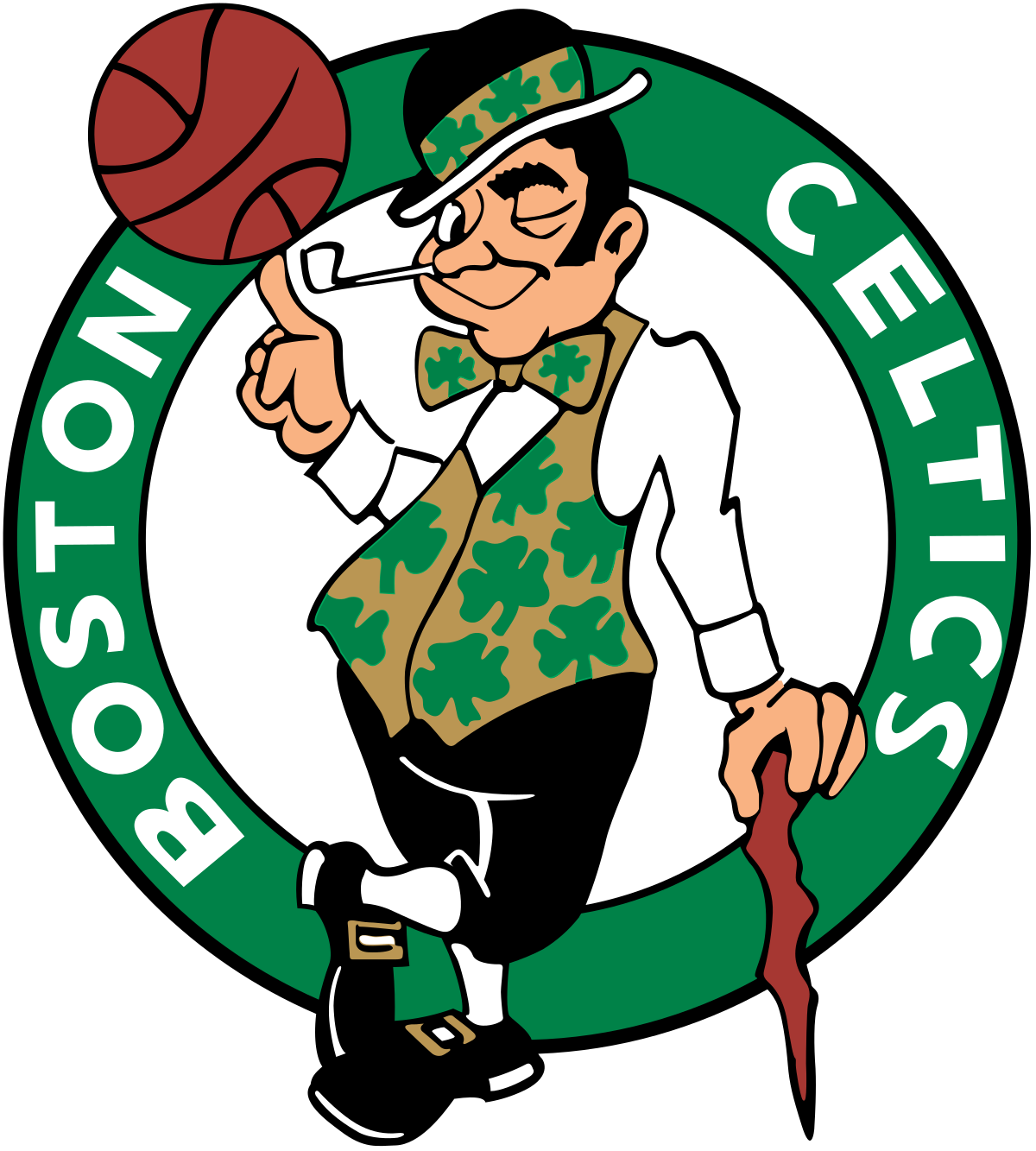


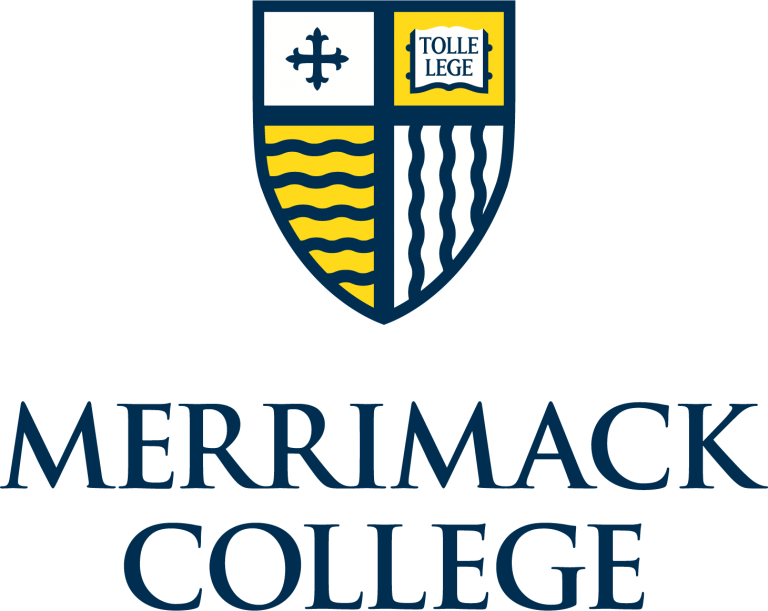
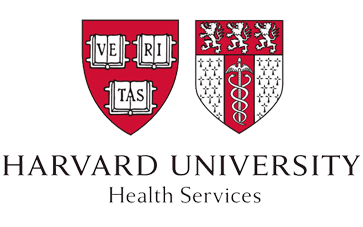

Our Team
We understand your desire to get back into the game, and will do everything we can to make that happen safely. Whether you’re a weekend warrior or a high school, college, or professional athlete, if you suffer an injury, you need to see a physician with the highest level of experience.
Schedule an appointment today and one of our top-rated sports medicine providers will help you get back in the game with an individualized treatment plan.
Thomas F. Burke, MD
Learn More
About Dr. Burke
Orthopedics Surgeon
Specializing in: Sports Medicine, Arthroscopy,
Trauma & Fracture Care, Shoulder Reconstruction
James A. Karlson, MD
Learn More
About Dr. Karlson
Orthopedic Surgeon
Specializing in Sports Medicine Including:
Knee, Hip, Ankle, and Shoulder injuries
Jennifer Luz, MD
Learn More
Anthony J. Schena, MD
Learn More
About Dr. Schena
Orthopedic Surgeon
Specializing in Sports Medicine, General Orthopedics (Knee, Shoulder, and Joint Reconstruction)
Glen Ross, MD
Learn More
Take the First Step
Get an accurate diagnosis and treatment plan from our expert physician team.
